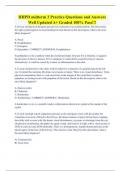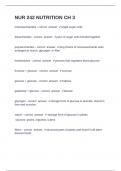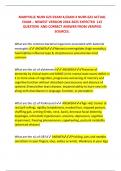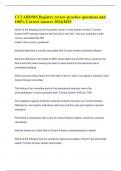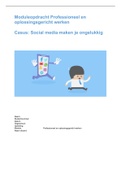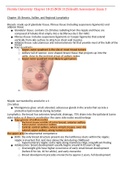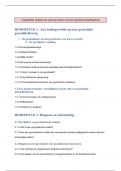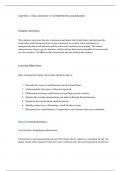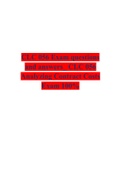Exam (elaborations)
HHPD midterm 2 Practice Questions and Answers Well Updated A+ Graded 100% Pass!!!
- Course
- Institution
HHPD midterm 2 Practice Questions and Answers Well Updated A+ Graded 100% Pass!!! A 29-year-old physical therapist presents for evaluation of an eyelid problem. On observation, the right eyeball appears to be protruding forward. Based on this description, what is the most likely diagnosis? A. P...
[Show more]
